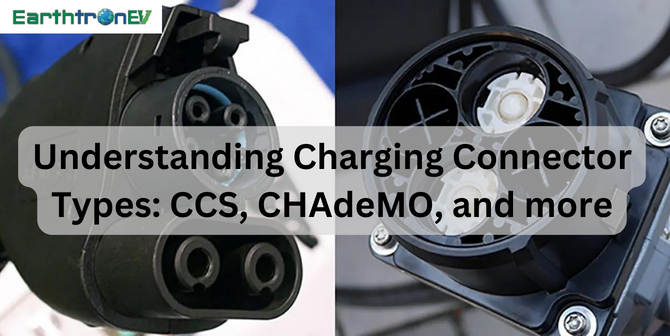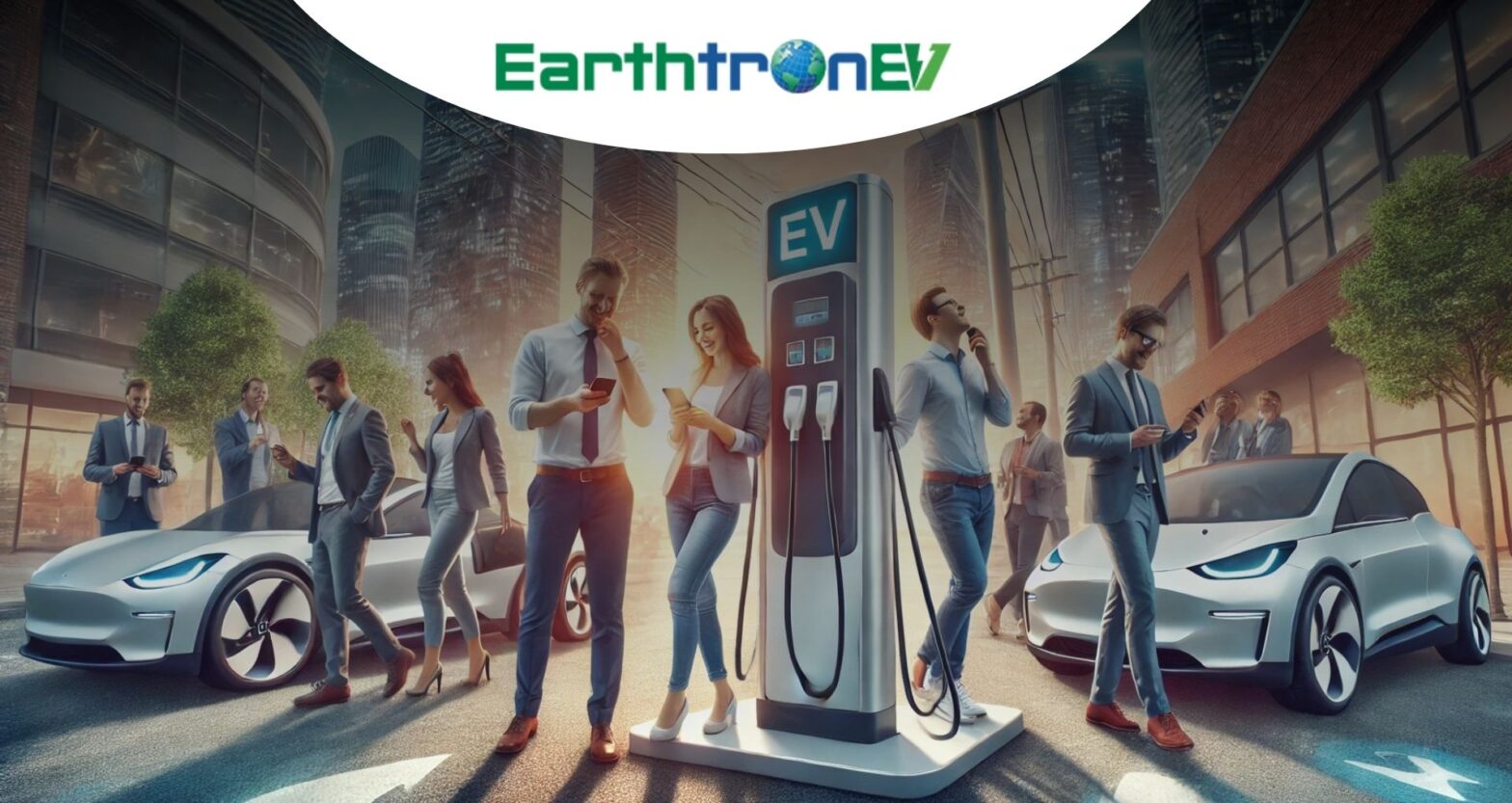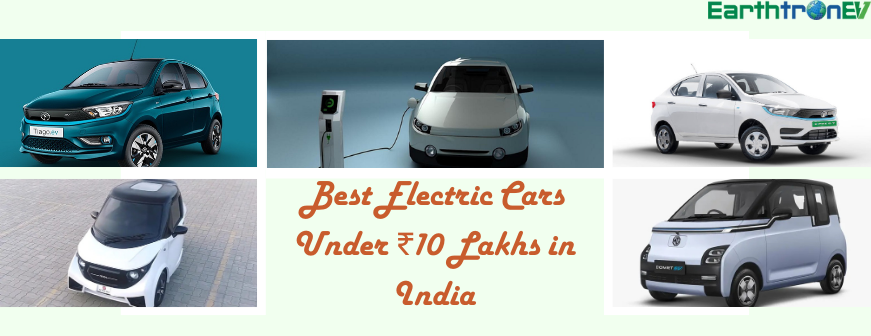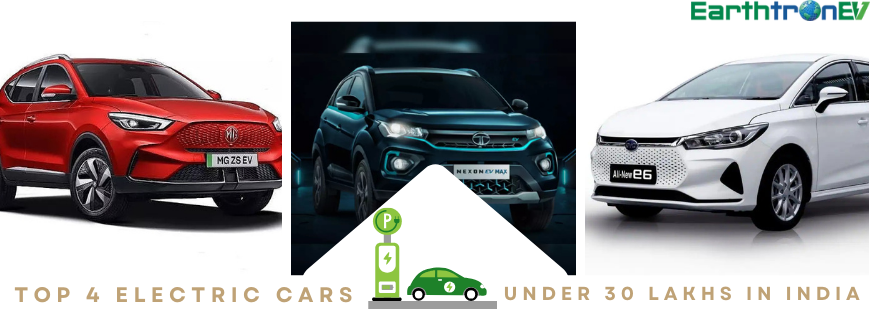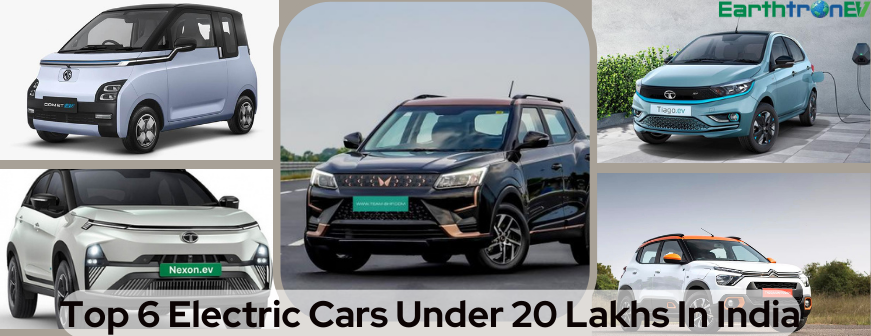There is a wide range of connection types used by electric charging companies in North America, Europe, and Asia. Customers often ask whether their home charger will have the appropriate connection because of this. Or if their type of electric car will be compatible with on-road charging facilities.
We may examine the connection types for various countries, compare AC and DC chargers, and discover why EV chargers aren’t just simple 3-pin connectors to get an understanding of this breadth.
Why aren’t EV connections just regular 3-pin plugs?
In an ideal world, 3-pin connectors that are simple to attach to your home’s energy supply would be standard on electric cars. If this were the case, EV sales would probably soar and charging infrastructure would certainly become much more straightforward. Nonetheless, the standard EV connection design does not use basic 3-pin connectors for three main reasons:
They need a minimum of 11 kW and a maximum of 43 kW of electricity, even for AC connections.
Watertight and rustproof connectors are essential since bad weather has the potential to blast your whole mains connection using the present home plug.
In order for EVs and charging equipment to communicate in both directions, additional signals are required in addition to positive and negative signals.
Because of this, EV connection types are significantly more durable than plugs designed for regular outlets.
Connectors for AC to EV
Different AC and EV connections are available, and they are often determined by the local manufacturers.
Although domestic supplies are usually 7kW, you can charge an EV to 22kW if you connect it into a fast charger. Certain electric cars, like the Renault ZOE, may really charge at double the normal rate—43kW—using the same socket.
EV Connector J1772-Type 1 – North America & Japan
The first continent to officially develop ev charging standards was North America, using J1772 (Type 1). North America and Japan are the only regions where this connection is available. It only allows single phase charging.
The J1772, an AC charger, contains two tiny connections for communication between the EV and charging apparatus and three larger connectors for transporting electricity. Regarding the smaller pins:
The kind of cable connected to the socket is indicated by the proximity pilot (PP) pin to the charging apparatus; varying cable thicknesses may withstand varying electrical current levels.
The electric car and charging system may communicate in both directions thanks to the control pilot (CP) pin. This determines the maximum current the EV can handle at any one moment.
EU & Rest of Market Mennekes (Type 2) EV Connector (excluding China)
It was unusual to come across a Type 1 charger in Europe; instead, Mennekes (Type 2) chargers were used. Since 2013, this connector has been the recognised standard for charging in Europe.
The majority of homes are limited to single phase AC charging. However, this connection may fit in three phase electrical supply since it is not too clumsy.
Future Home Charging Connectors
We may need to go beyond the standard 22–43 kW as the market for ev charging station company grows and more and more individuals want to charge their vehicles at home. The only practical way to get beyond this is to think about DC charging at home. As a result, new guidelines are required for home charging that shift from AC to DC.
DC-EV Connectors
DC connections are often seen in fleet chargers and at servicing locations. Ultra-fast DC chargers may charge at 100–150 kW, whereas rapid DC chargers often start with 50 kW. These may sometimes reach up to 350kw.
These vary across manufacturers and locations, much like AC chargers.
Japan’s CHAdeMO EV Connector
The Japanese CHAdeMO was the first effort at a DC charger and is now the official standard for all DC fast chargers in Japan. It is not often used in North America, except cars made by Nissan and Mitsubishi.
The CHAdeMO retains two pins side by side to transport the DC current and has a 50KW charging capacity.
CAN (Control Area Network) protocol is used to transmit data signals. The CP pin uses this to communicate with the charging system in the car. The maximum capacity and current state of charge of the battery are among the details conveyed.
One may argue that the CHAdeMO is officially dead, especially in light of Nissan’s declaration earlier this year that it would be adopting the CCS fast charger.
The EV Connector of the Future…
It is unlikely that the kW fee will increase much above the present levels. In the end, EV battery capacity will soon reach its maximum, and batteries larger than 100 kWh won’t be used in electric vehicles. Drivers can already go 200 miles on 50 kWh. The daily driver doesn’t necessarily need to go 400 miles or more.
It has long been anticipated that the CHAdeMO connection among EVs would soon become obsolete. All European EV models—Volvo, VW, Audi, BMW, Renault, Mercedes, and VW—prefer Type 2 and CCS chargers.
Asian automakers, like as Nissan and Mitsubishi, have always chosen Type 1 and CHAdeMO chargers. On the other hand, more and more of these Asian producers are moving to European AC specifications for their next models.
